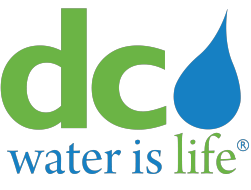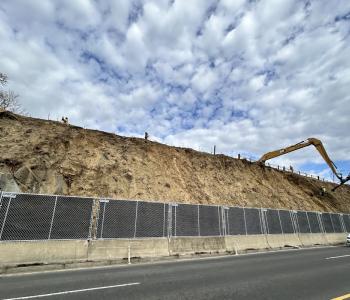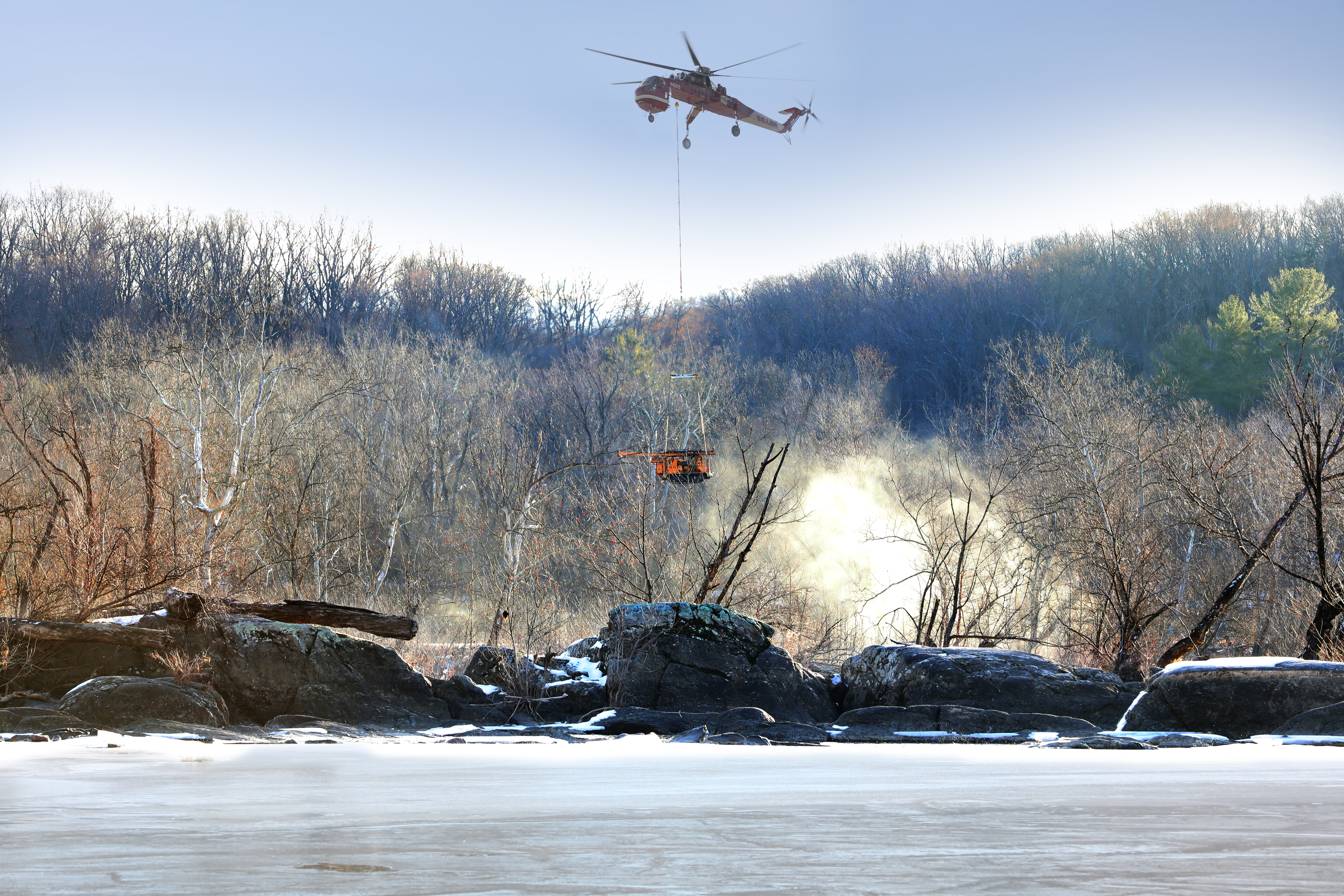Preparing Pipes for Winter Weather
As cold weather approaches, there are steps you may take to help prevent frozen pipes in your home. Water expands as it freezes, so water that is sitting in a pipe will place tremendous pressure on the pipe as it freezes. This pressure can cause the pipe to break.
Pipes that freeze most frequently are those that are exposed to the outside, such as outdoor hose outlets, water sprinkler lines and pool supply lines. Also at risk are pipes in unheated interior areas such as kitchen cabinets, attics, garages, basements and crawl spaces.
Before the onset of cold weather, help prevent frozen pipes by following these recommendations:
Remove, drain, and store garden hoses.
Close the inside valves that control the water supply to outside hose attachments, (known as bibs).
Open the outside hose bibs to allow any water in the line to drain out. Keep this outside valve open so that any water remaining in the pipe can expand without causing the pipe to break.
You may want to install a pipe sleeve for water pipes that are not insulated. Building supply stores carry these and other supplies for insulating pipes.
If you go away for an extended time during cold weather, leave the temperature set above 55 degrees before you leave.
In severe cold weather, let cold water drip from faucets served by exposed pipes. The cold water is still above freezing and will help prevent the pipe from freezing.






